The oldest tree in the world (and the 7 runner-ups)
From Prometheus and Methuselah to trees in remote forests of China, these are the most ancient known trees on Earth.
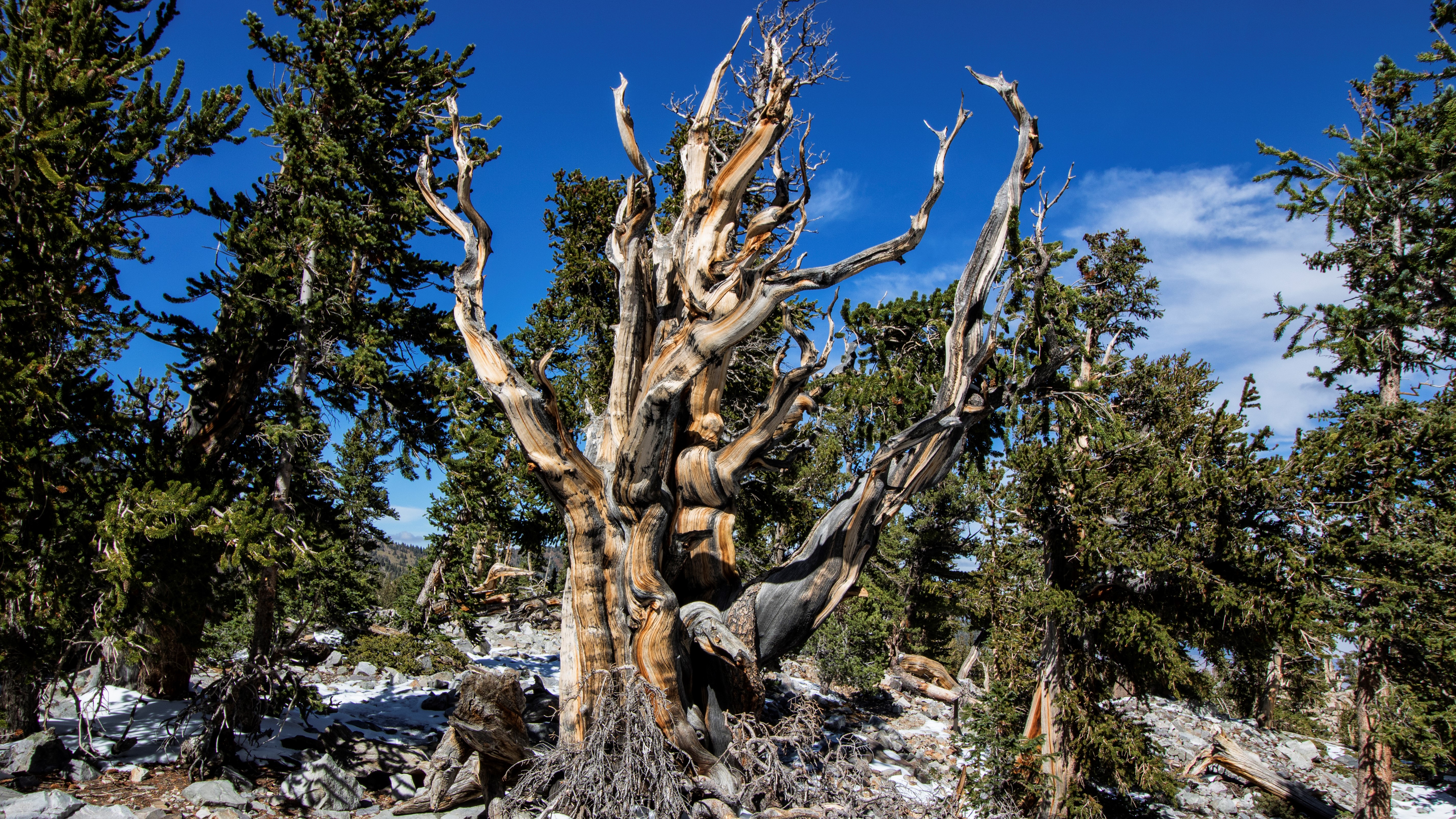
The world's oldest trees were growing when the Great Pyramid of Giza was being built and were already thousands of years old when Julius Caesar came to power.
To determine a tree's age, scientists collect a core sample from the plant's base and then count its rings. This dating of tree rings is called dendrochronology and it can be a valuable tool for measuring tree age and studying environmental changes over time.
However, due to rotting and the thickness of a tree’s trunk, it's not always possible to get complete cores. Often tree ages are determined after it has died, but it is possible to get a core without killing it with a specialist tool that can extract a very narrow sample.
In addition, an infinitesimal percentage of old trees have been cored in the first place — according to a study published in Nature in 2015, Earth is home to over 3 trillion trees.
Here are the longest-lived trees ever to be discovered on Earth.
1. Prometheus (at least 4,900 years old when it was cut down)
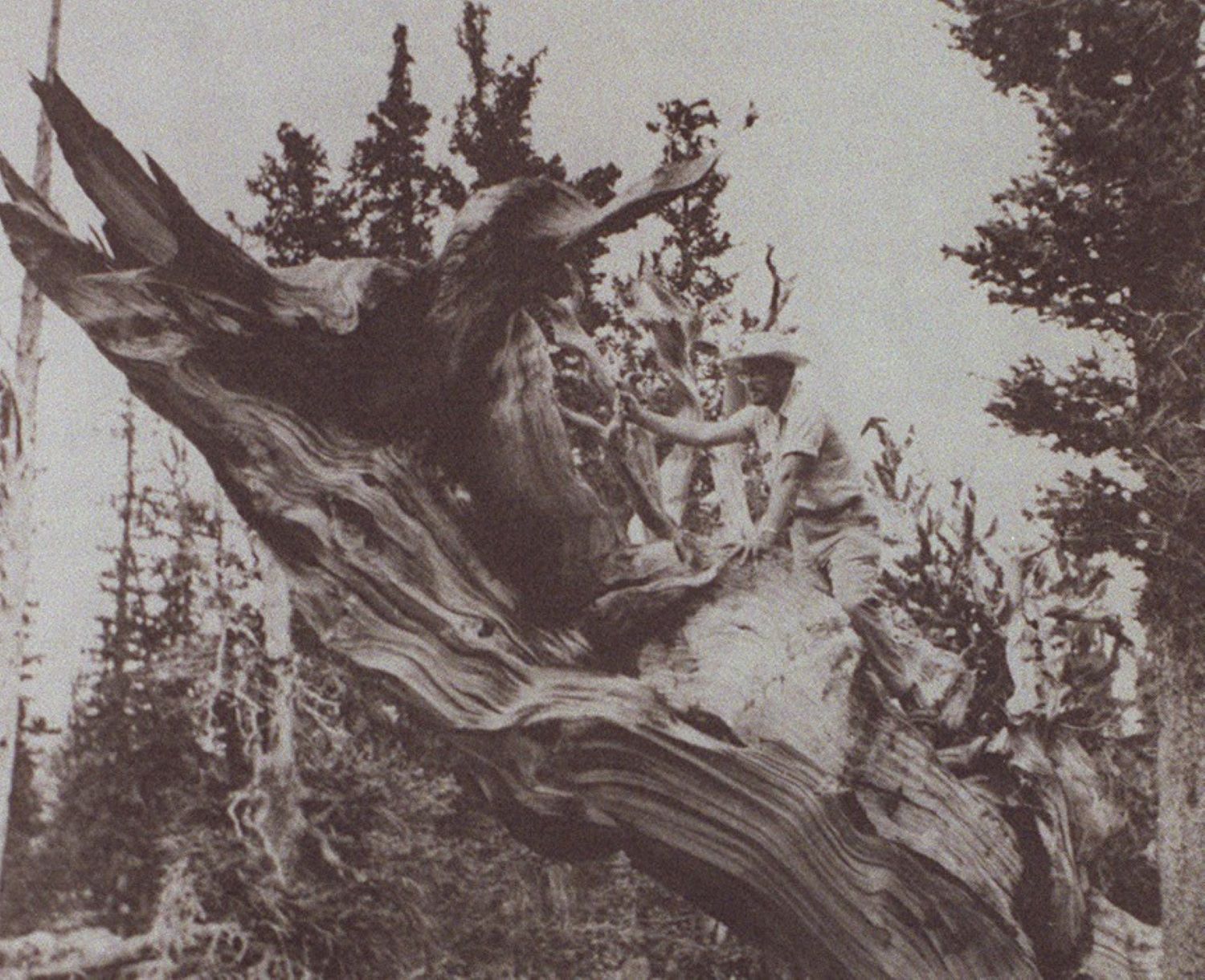
Prometheus, a Great Basin bristlecone pine (Pinus longaeva) in Wheeler Peak, Nevada, lived close to 5,000 years before it was cut down in 1964. It remains the longest-lived tree definitively documented.
Prometheus met its end when geographer Donald R. Currey, who was studying ice age glaciology and had been granted permission to take core samples from pines in the park, cut it down (also with permission). Currey counted 4,862 rings and estimated the tree was more than 4,900-years-old.The stump Currey used to count the rings was not taken from the very bottom of the tree, so the tree was certainly older than 4,862 years.
Sign up for the Live Science daily newsletter now
Get the world’s most fascinating discoveries delivered straight to your inbox.
Related: Do trees exist (scientifically speaking)?
There are competing accounts as to why the tree was felled, according to the National Park Service. The most popular version is that Currey's coring tool got stuck and he cut down the tree as a result. Others suggest he cut down the tree to get a better count of its rings. Today, a piece of the tree can be viewed at the Great Basin Visitor Center in Nevada at the Great Basin National Park.
2. Methuselah (at least 4,600 years old)
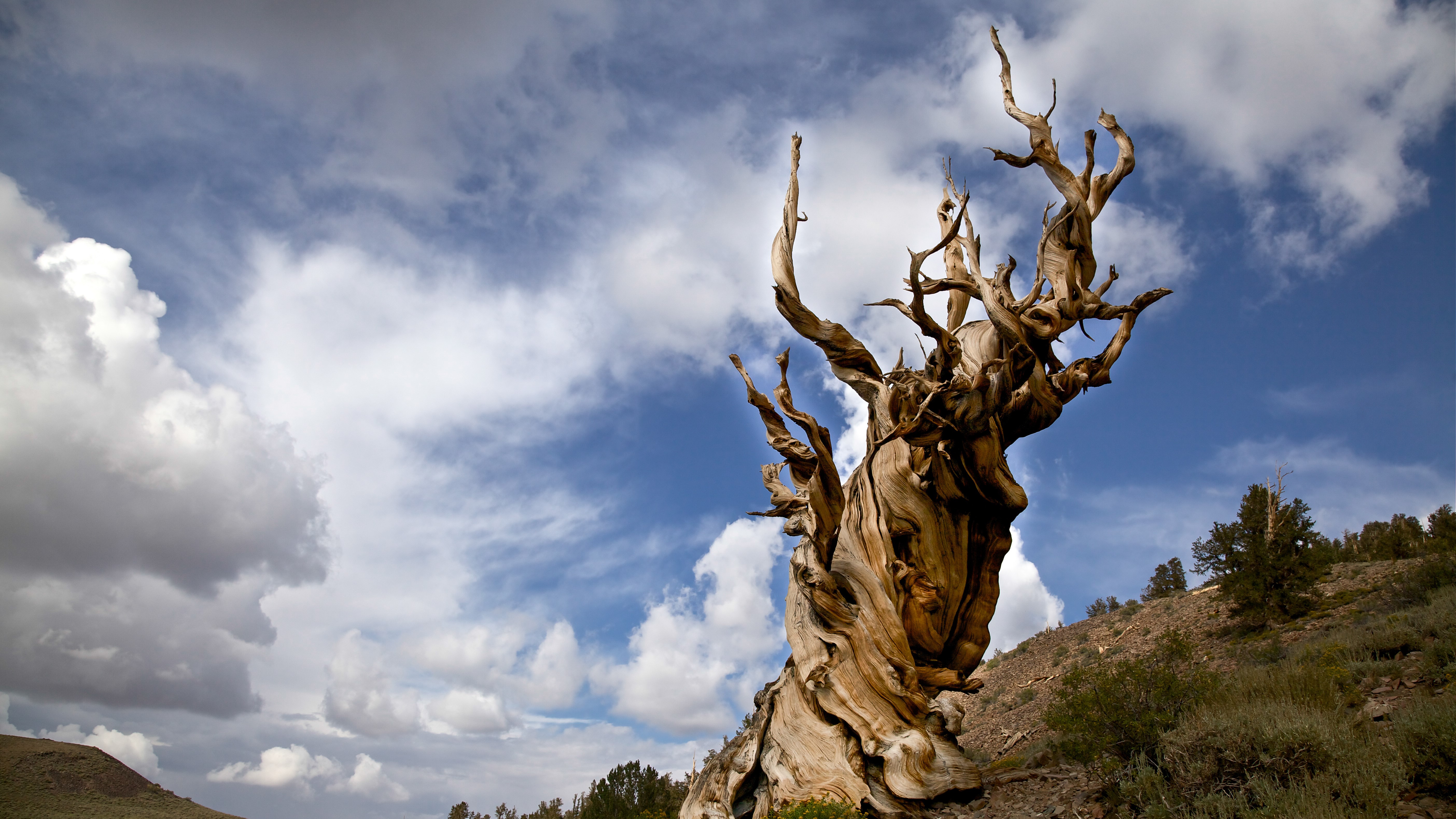
Since 1957, this bristlecone pine has held the title of the world's oldest living tree. Methuselah was discovered by famed tree researcher Edmund Schulman, a scientist at the Laboratory of Tree-Ring Research at the University of Arizona. He found Methuselah's age after taking cores from many bristlecones in the area and counting the rings.
To protect Methuselah from tourists, who might damage the tree by touching it or walking near its roots, the U.S. Forest Service has long kept Methuselah's exact location a secret and does not release photographs of it. The tree is somewhere along the 4.5-mile (7.2 kilometers) Methuselah Trail in the White Mountains of Inyo National Forest in California.
3. Mystery tree (4,000 to 4,900 years old)
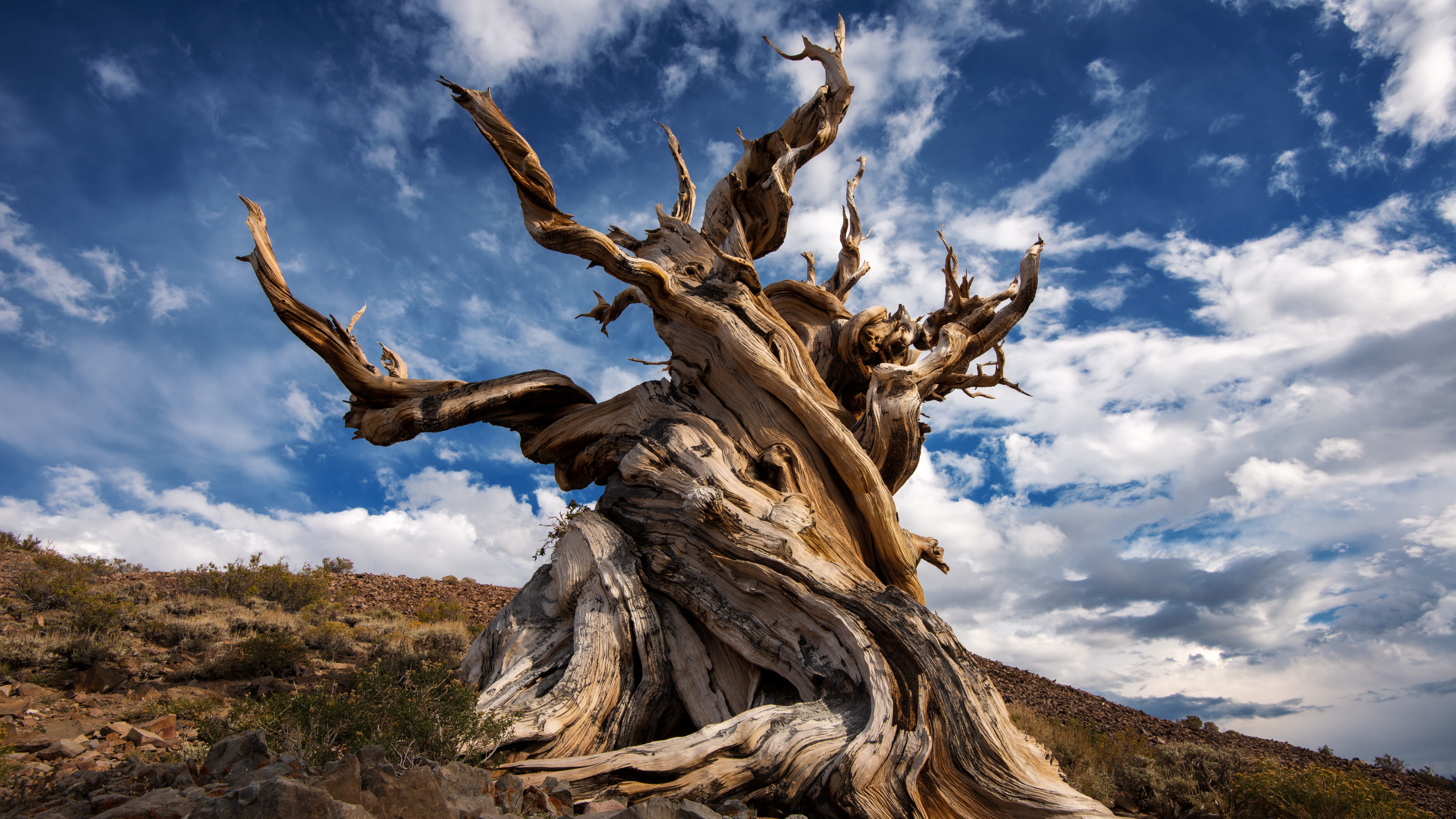
In the 2010s, rumors began to circulate that Schulman and his research team had unwittingly collected core samples from a tree older than Methuselah. Before his death in 2013, Tom Harlan, a scientist who worked with Schulman, said he found a core sample from another bristlecone pine tree that was at least 4,800 years old in the archives of the Laboratory of Tree-Ring Research.
However, Matthew Salzer, a research scientist at the Laboratory of Tree-Ring Research, has not been able to find that core. Salzer and a colleague used old notes to find the tree they believed Harlan was talking about, but they did not get a good enough sample to verify its age, according to the Washington Post. However, based on their imperfect core, they said the tree could be older than Methuselah but probably not as old as Prometheus. This tree is also in the White Mountains of California, but its location beyond that is secret.
4. Alerce Milenario (2,400 to 5,400 years old)
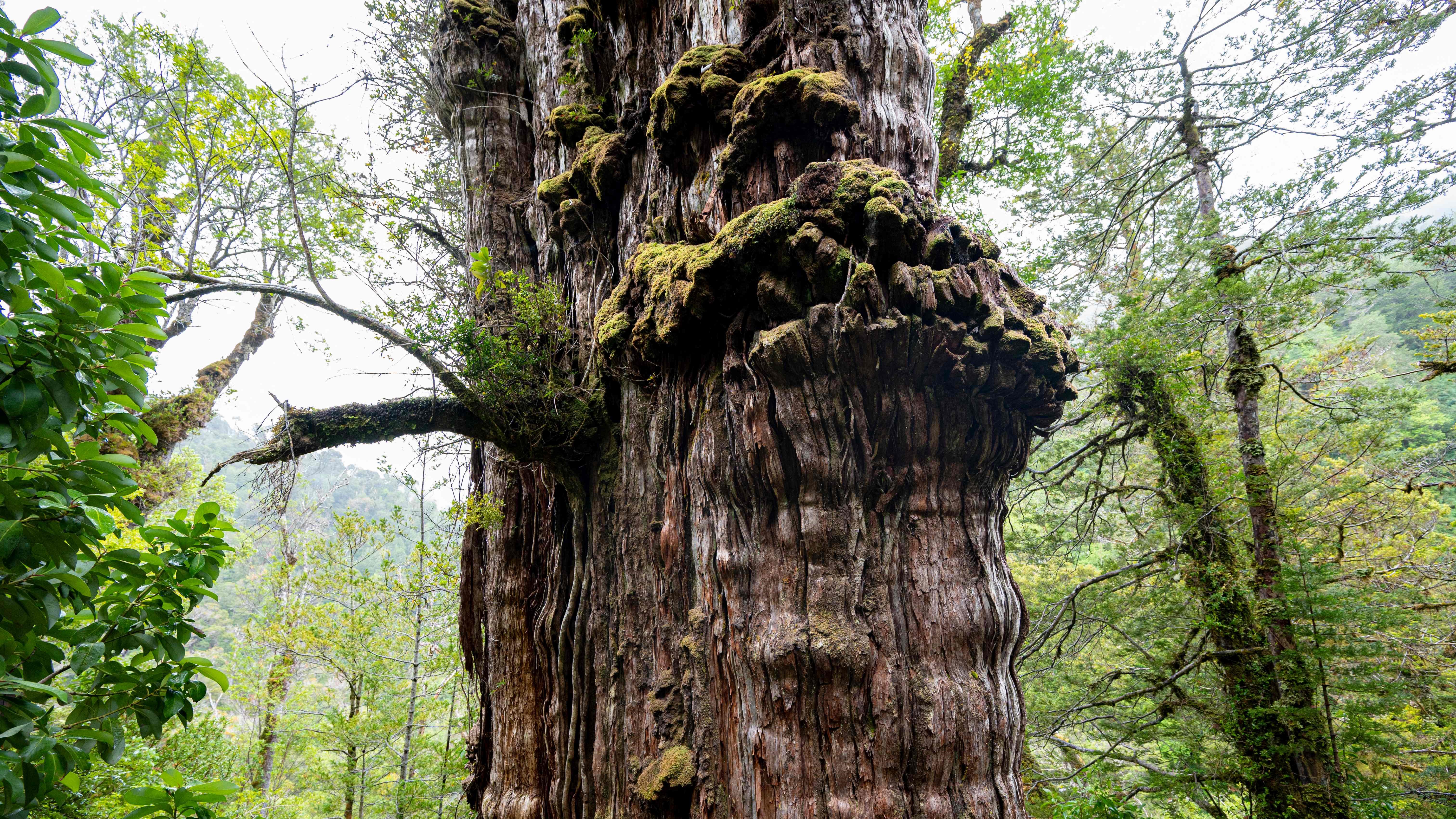
The Alerce Milenario or Gran Abuelo (great-grandfather), in Chile's Alerce Costero National Park, made headlines in 2022 when researchers used computer modeling to estimate its age at 5,484 years.
The trunk of the alerce (Fitzroya cupressoides), also called a Patagonian cypress, is over 13 feet (4.3 meters) — so big that researchers could get only a partial core. On that core, they counted 2,400 tree rings and estimated the additional age using modeling. According to Science magazine, the tree was estimated to be 5,484 years old.
This type of modeling is not yet fully accepted by the scientific community, but the core alone makes this tree indisputably one of Earth's oldest. Alerce Milenario's location is not a secret, and tourists regularly visit and walk around its root system. Jonathan Barichivich, an environmental scientist who led the recent research into the tree, hoped the publicity this research generated would lead to more efforts to protect the tree.
5. Giant sequoias (over 3,000 years old)
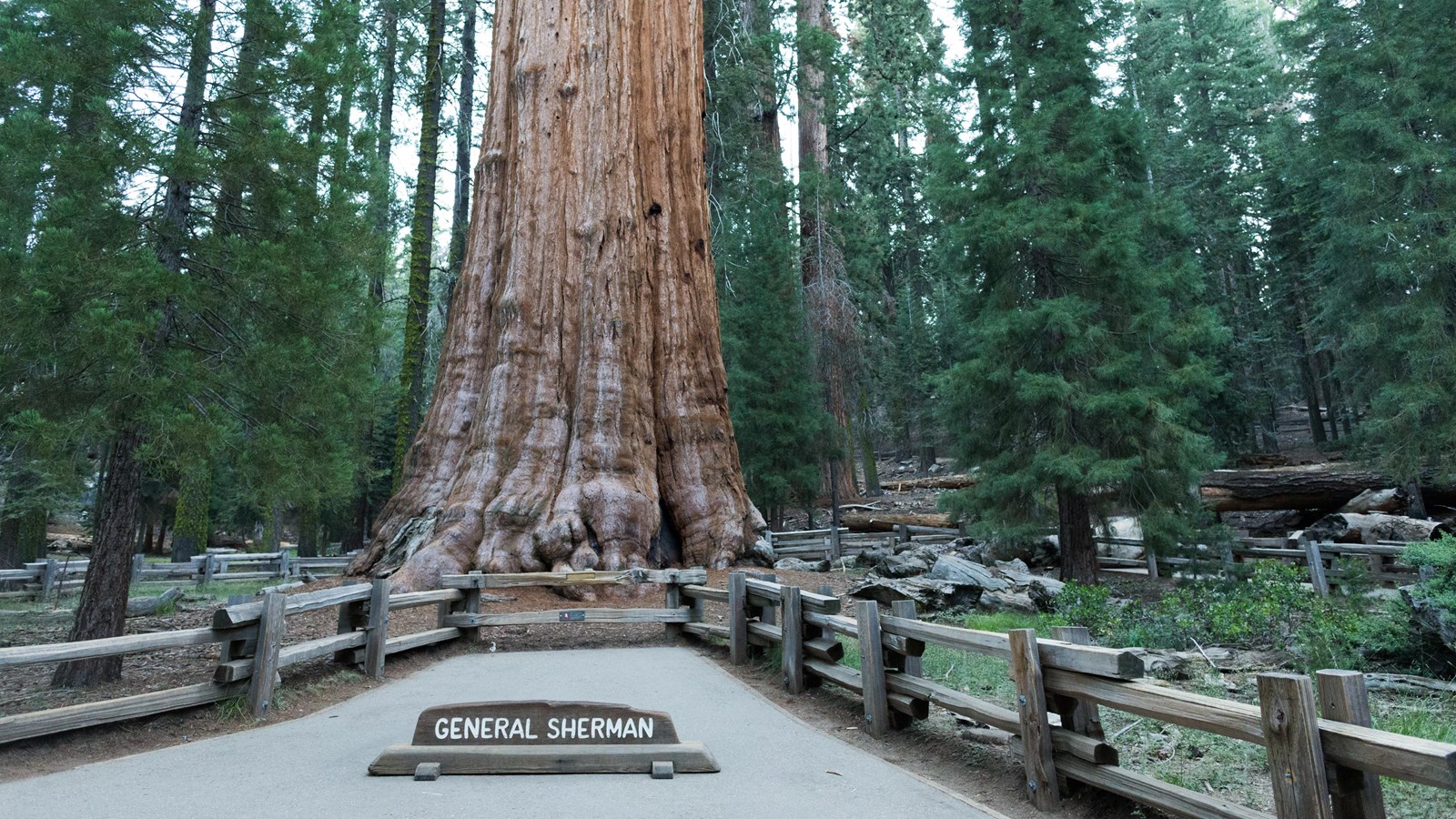
Like alerces, California's giant sequoias (Sequoiadendron giganteum) are so large that tree coring tools generally can't adequately measure their age while the trees are alive. The most accurate estimates of old sequoia trees often come primarily from trees that have been cut down or fell due to natural causes, Peter Brown, founder of Rocky Mountain Tree-Ring Research, which maintains a list of the world's oldest scientifically verified trees, told Live Science in an email.
Four giant sequoias over 3,000 years old have been discovered, though none are still standing. The President, in California's Sequoia National Park, is estimated to be over 3,200 years old.
The world's largest tree, General Sherman — also located in Sequoia National Park — is estimated to be about 2,200 years old.
6. BLK 227 bald cypress (at least 2,624 years old)
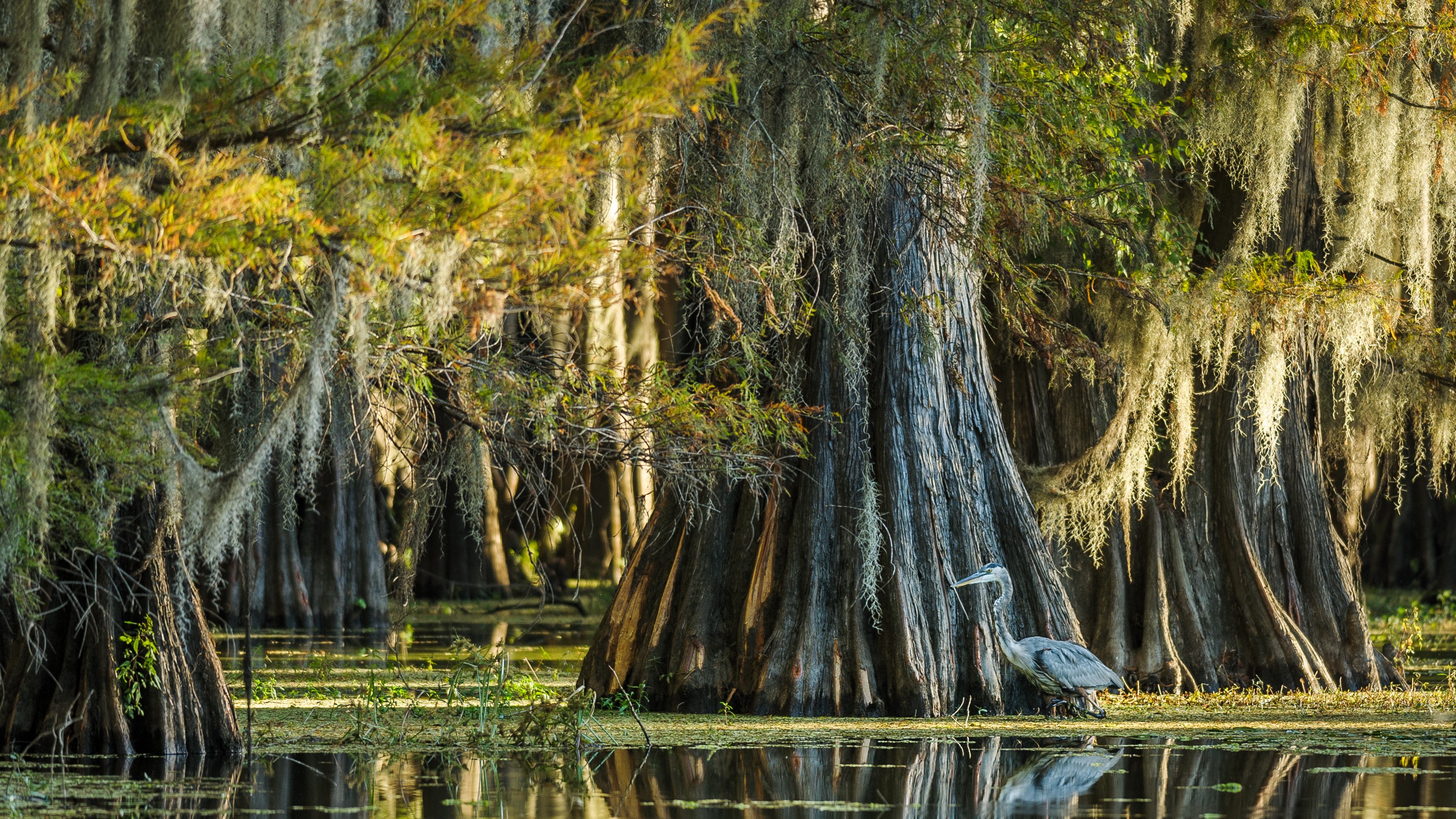
In 2019, researchers announced the discovery of a 2,624-year-old bald cypress (Taxodium distichum). This unnamed tree is the oldest known living tree in eastern North America. It sits somewhere along North Carolina's Black River, a tributary of the Cape Fear River. As with many other old trees, its precise location has not been disclosed.
Researchers found other trees that were over 2,000 years old in the same region. They took core samples from only a fraction of trees in the region — meaning older bald cypress trees might exist in the area.
7. CB-90-11 (at least 2,435 years old)
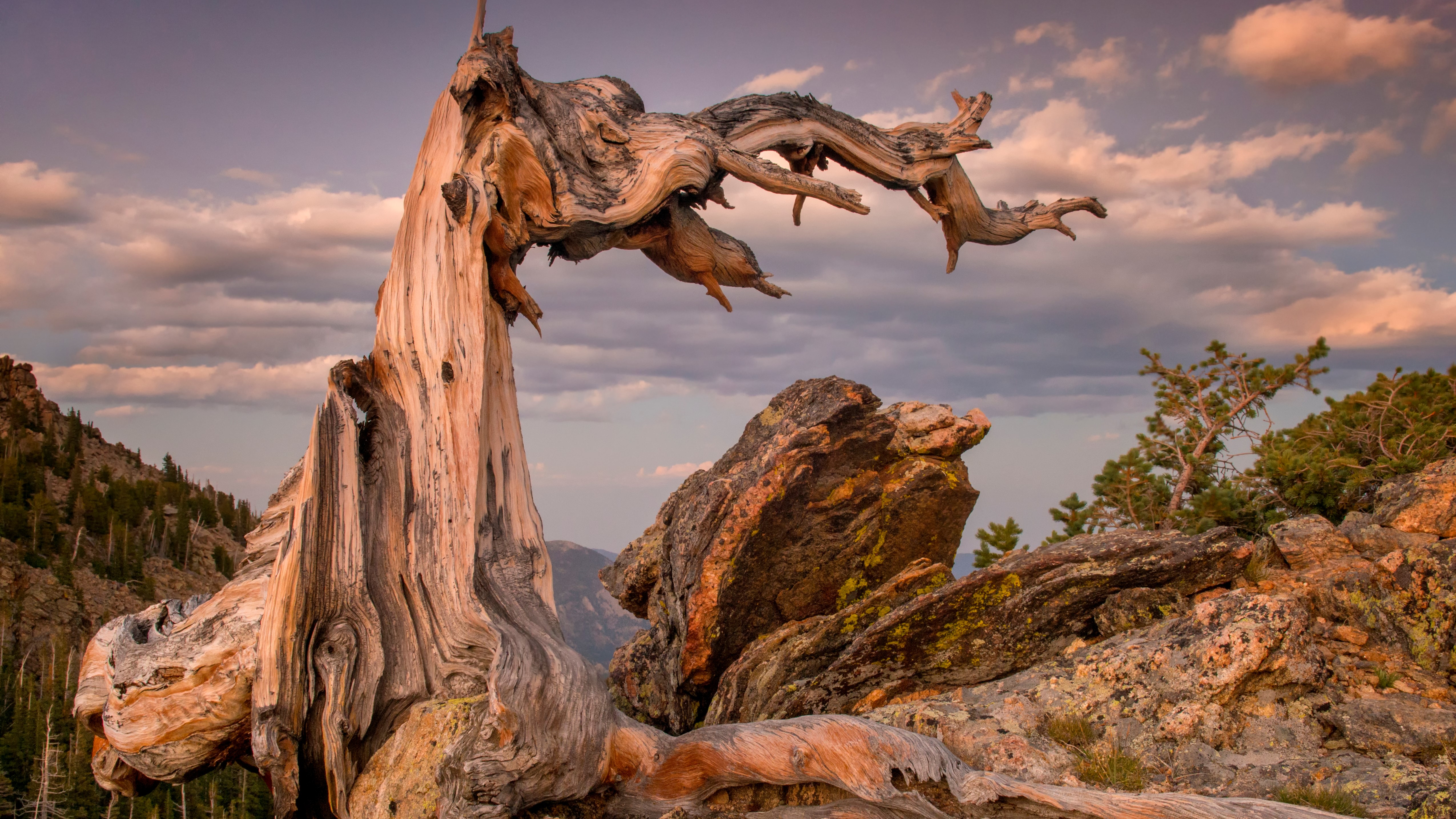
Rocky Mountain bristlecone pines (Pinus aristata) are not thought to be as long-lived as their Great Basin relatives, but they can still achieve a very advanced age. A study published in 1992 provided evidence that these trees can live at least 2,500 years. The team looked at trees on Black Mountain and Almagre Mountain in Colorado. They found 12 living Rocky Mountain bristlecone pines that were more than 1,600 years old and four that were more than 2,100 years old. CB-90-11 was the oldest identified, with a minimum age of 2,435.
8. Unnamed Qilian juniper (2,230 years old)
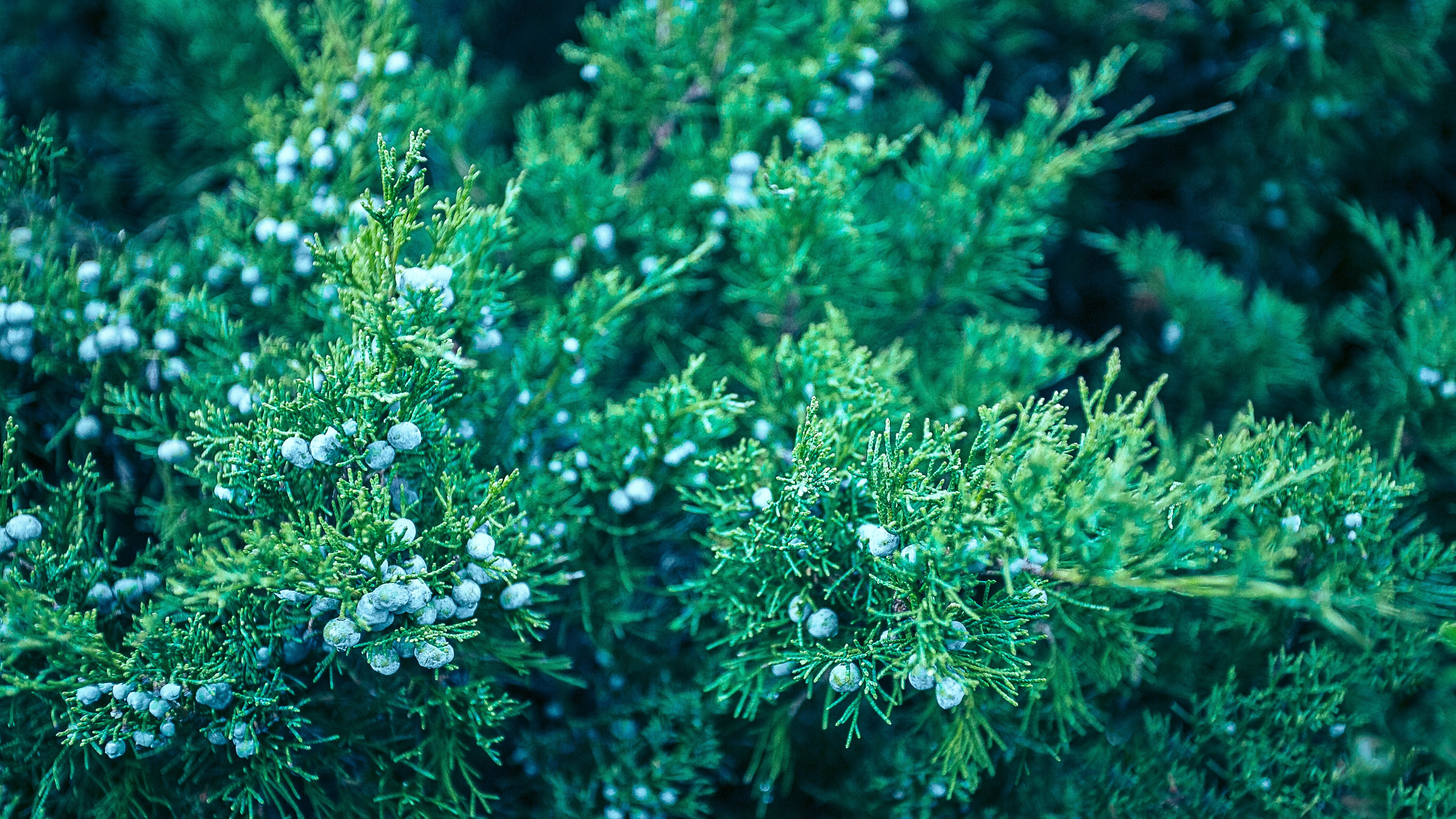
In 2019, researchers identified the oldest tree in China — a Qilian juniper (Juniperus przewalskii) in Delingha, Qinghai province, that was 2,230 years old in 2009. It was one of 98 documented trees that are more than 1,000 years old in China. The oldest trees in China tend to be found in remote mountain regions where they may have been more protected against threats such as logging and forest fires.
9. Unverified trees
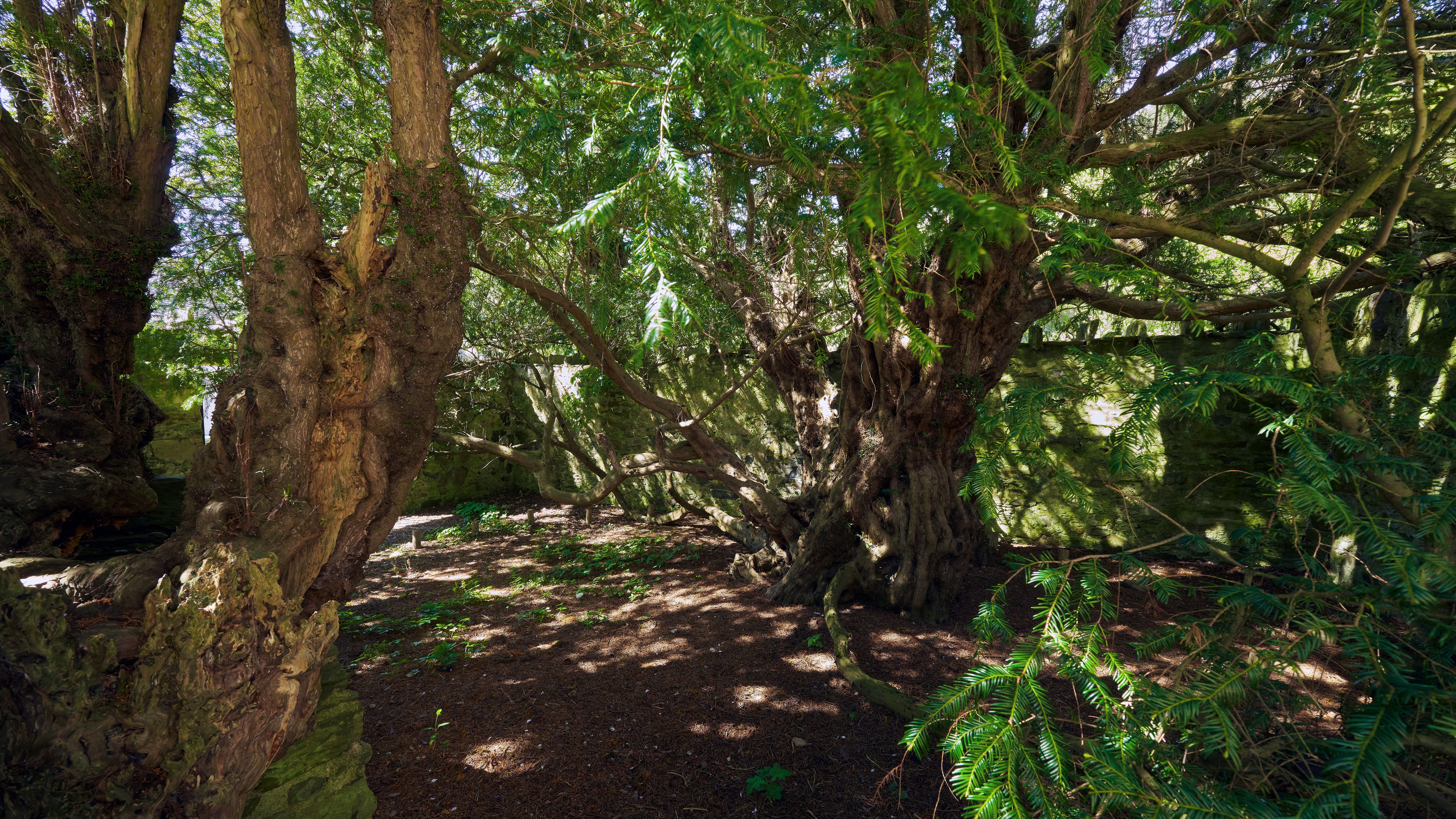
Across the world, there are trees that local oral traditions claim are thousands of years old. These include Sarv-e Abarkuh, a Persian cypress (Cupressus sempervirens) in Iran said to be more than 4,500 years old, and the Great Camphor of Takeo, a camphor tree (Cinnamomum camphora) in Japan that's said to be more than 3,000 years old.
There is also the Llangernyw Yew, a common yew tree (Taxus baccata) in North Wales said to be up to 5,000 years old, and the Fortingall Yew in Scotland, which some traditions place at up to 9,000 years old. The ages of these trees and many others like them have not been scientifically verified, so their true ages are unknown.

Erik Ofgang is the co-author of The Good Vices: From Beer to Sex, The Surprising Truth About What’s Actually Good For You and the author of Buzzed: A Guide to New England's Best Craft Beverages and Gillette Castle: A History. His work has appeared in the Washington Post, the Atlantic, Smithsonian magazine and the Associated Press. He is the senior writer at Tech & Learning magazine.









